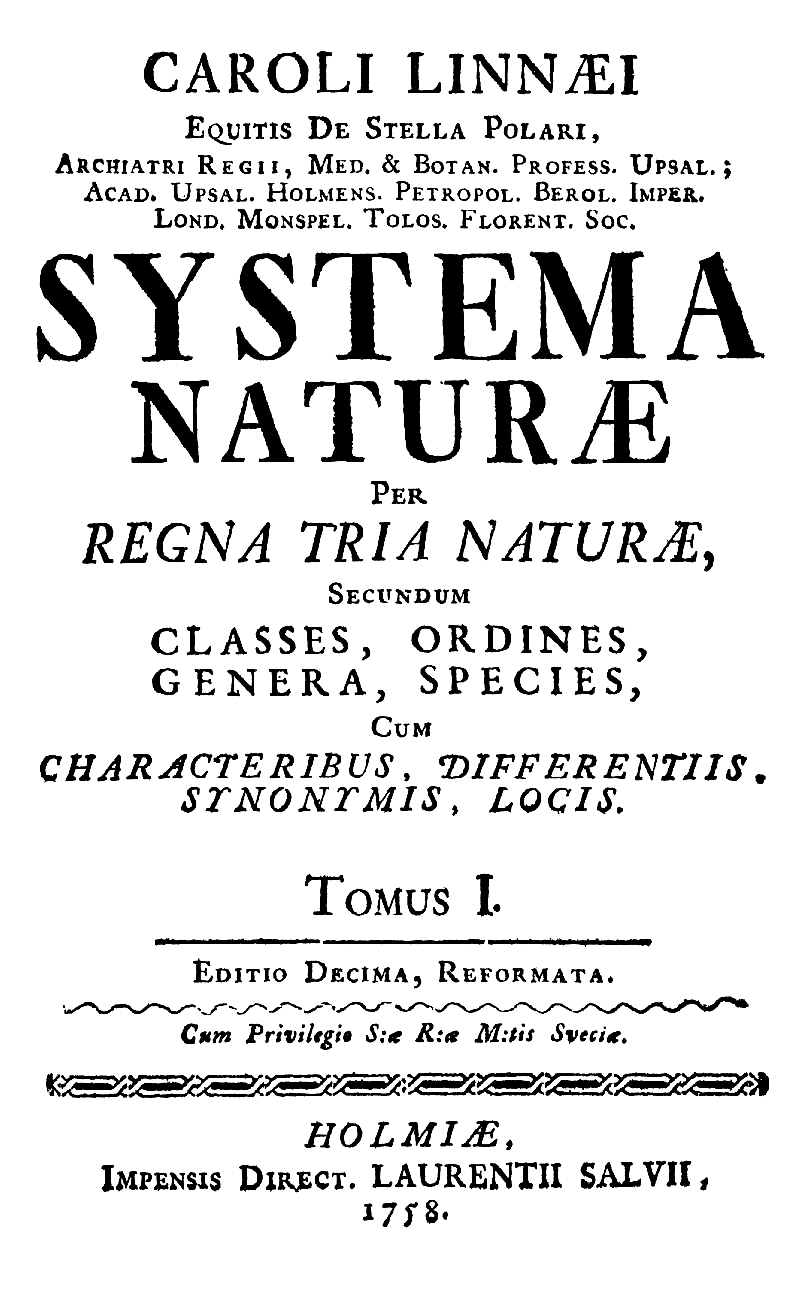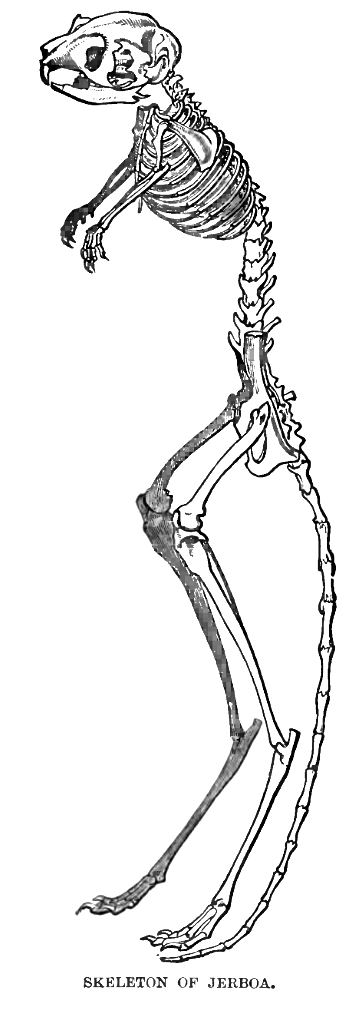|
Djadochtatheria
Djadochtatherioidea is a group of extinct mammals known from the upper Cretaceous of Central Asia. They were members of an also extinct order called Multituberculata. These were generally somewhat rodent-like creatures, who scurried around during the "age of the dinosaurs", though nonetheless very ecologically diverse; several were jerboa-like hoppers, while others like '' Mangasbaatar'' were large sized and fossorial.Guillermo W. Rougier; Amir S. Sheth; Barton K. Spurlin; Minjin Bolortsetseg; Michael J. Novacek (2016). "Craniodental anatomy of a new Late Cretaceous multituberculate mammal from Udan Sayr, Mongolia" (PDF). Palaeontologia Polonica. 67: 197–248. doi:10.4202/pp.2016.67_197. Unusually for multituberculates, some of this group are represented by very good remains. All upper Cretaceous Mongolian multituberculates are included with one exception, the genus ''Buginbaatar''. This superfamily is further subdivided into two families and several other genera, as listed in t ... [...More Info...] [...Related Items...] OR: [Wikipedia] [Google] [Baidu] |
Cimolodonta
Cimolodonta is a taxon of extinct mammals that lived from the Cretaceous to the Eocene. They were some of the more derived members of the extinct order Multituberculata. They probably lived something of a rodent-like existence until their ecological niche was assumed by true rodents. The more basal multituberculates are found in a different suborder, " Plagiaulacida", a paraphyletic group containing all non cimolodontan multituberculates. Cimolodonta is apparently a natural (monophyletic) suborder. Remains have been identified from across the Northern Hemisphere. They first appeared during the Aptian, and completely replaced the more primitive plagiaulacidans by the early Late Cretaceous. The taxon is recognized as the informal Paracimexomys group and the superfamilies Djadochtatherioidea, Taeniolabidoidea, and Ptilodontoidea. Additionally, and of uncertain affinities, are the families Cimolomyidae, Boffiidae, Eucosmodontidae, Kogaionidae, Microcosmodontidae and the two ... [...More Info...] [...Related Items...] OR: [Wikipedia] [Google] [Baidu] |
Multituberculata
Multituberculata (commonly known as multituberculates, named for the multiple tubercles of their teeth) is an extinct order of rodent-like mammals with a fossil record spanning over 130 million years. They first appeared in the Middle Jurassic, and reached a peak diversity during the Late Cretaceous and Paleocene. They eventually declined from the mid Paleocene onwards, disappearing from the known fossil record in the late Eocene. They are the most diverse order of Mesozoic mammals with more than 200 species known, ranging from mouse-sized to beaver-sized. These species occupied a diversity of ecological niches, ranging from burrow-dwelling to squirrel-like arborealism to jerboa-like hoppers. Multituberculates are usually placed as crown mammals outside either of the two main groups of living mammals—Theria, including placentals and marsupials, and MonotremataAgustí-Antón 2002, pp 3-4—but usually as closer to Theria than to monotremes. They are considered to be clos ... [...More Info...] [...Related Items...] OR: [Wikipedia] [Google] [Baidu] |
Djadochtatheriidae
Djadochtatheriidae is a family of fossil mammals within the extinct order Multituberculata. Remains are known from the Upper Cretaceous of Central Asia. These animals lived during the Mesozoic, also known as the "age of the dinosaurs". This family is part of the suborder Order ( la, ordo) is one of the eight major hierarchical taxonomic ranks in Linnaean taxonomy. It is classified between family and class. In biological classification, the order is a taxonomic rank used in the classification of organisms and ... of Cimolodonta. The taxon Djadochtatheriidae was named by Z. Kielan-Jaworowska and J. H. Hurum in 1997. Multituberculates are a rather diverse group in terms of locomotion and diet. Forms like '' Kryptobaatar'' and '' Catopsbaatar'' were hopping, gerboa-like omnivores (and this is probably the ancestral condition for the group, given that '' Nemegtbaatar'' also had this lifestyle), while '' Mangasbaatar'' was a robust, digging herbivore.Guillermo W. ... [...More Info...] [...Related Items...] OR: [Wikipedia] [Google] [Baidu] |
Dinosaur
Dinosaurs are a diverse group of reptiles of the clade Dinosauria. They first appeared during the Triassic period, between 243 and 233.23 million years ago (mya), although the exact origin and timing of the evolution of dinosaurs is the subject of active research. They became the dominant terrestrial vertebrates after the Triassic–Jurassic extinction event 201.3 mya; their dominance continued throughout the Jurassic and Cretaceous periods. The fossil record shows that birds are feathered dinosaurs, having evolved from earlier theropods during the Late Jurassic epoch, and are the only dinosaur lineage known to have survived the Cretaceous–Paleogene extinction event approximately 66 mya. Dinosaurs can therefore be divided into avian dinosaurs—birds—and the extinct non-avian dinosaurs, which are all dinosaurs other than birds. Dinosaurs are varied from taxonomic, morphological and ecological standpoints. Birds, at over 10,700 living species ... [...More Info...] [...Related Items...] OR: [Wikipedia] [Google] [Baidu] |
Suborder
Order ( la, ordo) is one of the eight major hierarchical taxonomic ranks in Linnaean taxonomy. It is classified between family and class. In biological classification, the order is a taxonomic rank used in the classification of organisms and recognized by the nomenclature codes. An immediately higher rank, superorder, is sometimes added directly above order, with suborder directly beneath order. An order can also be defined as a group of related families. What does and does not belong to each order is determined by a taxonomist, as is whether a particular order should be recognized at all. Often there is no exact agreement, with different taxonomists each taking a different position. There are no hard rules that a taxonomist needs to follow in describing or recognizing an order. Some taxa are accepted almost universally, while others are recognized only rarely. The name of an order is usually written with a capital letter. For some groups of organisms, their orders may follow ... [...More Info...] [...Related Items...] OR: [Wikipedia] [Google] [Baidu] |
Genus
Genus ( plural genera ) is a taxonomic rank used in the biological classification of living and fossil organisms as well as viruses. In the hierarchy of biological classification, genus comes above species and below family. In binomial nomenclature, the genus name forms the first part of the binomial species name for each species within the genus. :E.g. '' Panthera leo'' (lion) and '' Panthera onca'' (jaguar) are two species within the genus ''Panthera''. ''Panthera'' is a genus within the family Felidae. The composition of a genus is determined by taxonomists. The standards for genus classification are not strictly codified, so different authorities often produce different classifications for genera. There are some general practices used, however, including the idea that a newly defined genus should fulfill these three criteria to be descriptively useful: # monophyly – all descendants of an ancestral taxon are grouped together (i.e. phylogenetic analysis should c ... [...More Info...] [...Related Items...] OR: [Wikipedia] [Google] [Baidu] |
Buginbaatar
''Buginbaatar'' is an extinct genus of mammal from the Upper Cretaceous of Mongolia. It is a member of the extinct order Multituberculata, within the suborder Cimolodonta and family Cimolomyidae. It lived towards the end of the Mesozoic era. The genus ''Buginbaatar'' was named by Kielan-Jaworowska Z. and Sochava A.V. in 1969 based on the remains of a single species. Remains of this species, dubbed ''Buginbaatar clarki'', were found in Upper Cretaceous strata of Bügiyn Tsav in Mongolia. This is the only known Upper Cretaceous Mongolian multituberculate not to belong to the family Djadochtatherioidea. Remains are incomplete and the assignment of ''B.'' to the Cimolomyidae is tentative, (Kielan-Jaworowska & Hurum 2001, p. 408). References * Kielan-Jaworowska & Sochava (1969), "The first multituberculate from the uppermost Cretaceous of the Gobi Desert (Mongolia)". ''Acta Palaeontologica Polonica'' 14, p. 355-371. * Kielan-Jaworowska Z & Hurum JH (2001), "Phylogeny an ... [...More Info...] [...Related Items...] OR: [Wikipedia] [Google] [Baidu] |
Mongolia
Mongolia; Mongolian script: , , ; lit. "Mongol Nation" or "State of Mongolia" () is a landlocked country in East Asia, bordered by Russia to the north and China to the south. It covers an area of , with a population of just 3.3 million, making it the world's most sparsely populated sovereign nation. Mongolia is the world's largest landlocked country that does not border a closed sea, and much of its area is covered by grassy steppe, with mountains to the north and west and the Gobi Desert to the south. Ulaanbaatar, the capital and largest city, is home to roughly half of the country's population. The territory of modern-day Mongolia has been ruled by various nomadic empires, including the Xiongnu, the Xianbei, the Rouran, the First Turkic Khaganate, and others. In 1206, Genghis Khan founded the Mongol Empire, which became the largest contiguous land empire in history. His grandson Kublai Khan conquered China proper and established the Yuan dynasty. After the c ... [...More Info...] [...Related Items...] OR: [Wikipedia] [Google] [Baidu] |
Fossorial
A fossorial () animal is one adapted to digging which lives primarily, but not solely, underground. Some examples are badgers, naked mole-rats, clams, meerkats, and mole salamanders, as well as many beetles, wasps, and bees. Prehistoric evidence The physical adaptation of fossoriality is widely accepted as being widespread among many prehistoric phyla and taxa, such as bacteria and early eukaryotes. Furthermore, fossoriality has evolved independently multiple times, even within a single family. Fossorial animals appeared simultaneously with the colonization of land by arthropods in the late Ordovician period (over 440 million years ago). Other notable early burrowers include '' Eocaecilia'' and possibly ''Dinilysia''. The oldest example of burrowing in synapsids, the lineage which includes modern mammals and their ancestors, is a cynodont, '' Thrinaxodon liorhinus'', found in the Karoo of South Africa, estimated to be 251 million years old. Evidence shows t ... [...More Info...] [...Related Items...] OR: [Wikipedia] [Google] [Baidu] |
Jerboa
Jerboas (from ar, جربوع ') are hopping desert rodents found throughout North Africa and Asia, and are members of the family Dipodidae. They tend to live in hot deserts. When chased, jerboas can run at up to . Some species are preyed on by little owls (''Athene noctua'') in central Asia. Most species of jerboas have excellent hearing that they use to avoid becoming the prey of nocturnal predators. The typical lifespan of a jerboa is around 6 years. Taxonomy Jerboas, as previously defined, were thought to be paraphyletic, with the jumping mice ( Zapodidae) and birch mice ( Sminthidae) also classified in the family Dipodidae. However, phylogenetic analysis split all three as distinct families, leaving just the jerboas in Dipodidae and revealing them to be a monophyletic group. Anatomy and body features Jerboas look somewhat like miniature kangaroos, and have some external similarities. Both have long hind legs, short forelegs, and long tails. Jerboas move around in a sim ... [...More Info...] [...Related Items...] OR: [Wikipedia] [Google] [Baidu] |
Rodent
Rodents (from Latin , 'to gnaw') are mammals of the Order (biology), order Rodentia (), which are characterized by a single pair of continuously growing incisors in each of the upper and lower jaws. About 40% of all mammal species are rodents. They are native to all major land masses except for New Zealand, Antarctica, and several oceanic islands, though they have subsequently been introduced to most of these land masses by human activity. Rodents are extremely diverse in their ecology and lifestyles and can be found in almost every terrestrial habitat, including human-made environments. Species can be arboreal, fossorial (burrowing), saltatorial/richochetal (leaping on their hind legs), or semiaquatic. However, all rodents share several morphological features, including having only a single upper and lower pair of ever-growing incisors. Well-known rodents include Mouse, mice, rats, squirrels, prairie dogs, porcupines, beavers, guinea pigs, and hamsters. Rabbits, hares, and ... [...More Info...] [...Related Items...] OR: [Wikipedia] [Google] [Baidu] |






